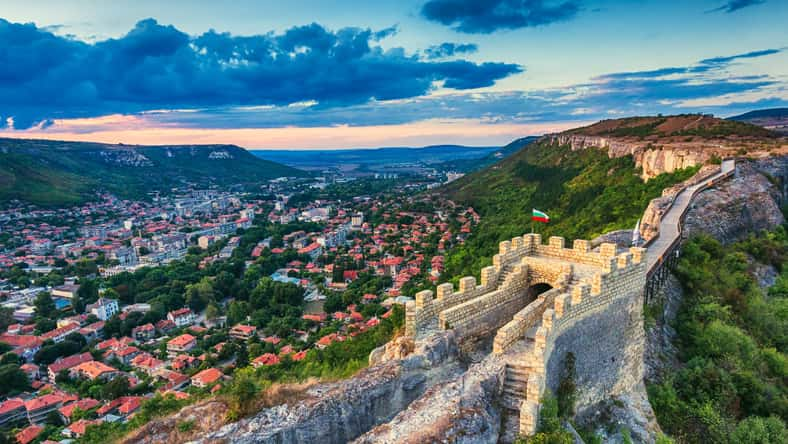A Farmer In Bulgaria Stumbled Upon The Remains Of Three People Buried With Rare Artifacts And Treasures Dating Back To The Third Century, Shedding More Light On Roman Era Funerary Practices

The remains of three individuals buried with rare historic treasures and artifacts were unearthed in Bulgaria.
Their graves tell the sad story of a family’s demise in addition to revealing more information about the funerary rituals that took place during the Roman era.
Last year, a farmer plowing his field near the village of Nova Varbovka stumbled upon the burials. He alerted experts from the Veliko Tarnovo Regional Museum of the discovery, and when they arrived, they found two graves. They were located in a region that used to be the Roman province of Moesia.
The larger grave was about 10 feet long. It contained the remains of a man in his 50s and a woman in her late 40s.
They were buried with coins, jewelry, ceramic and glass vessels, and other objects dating back to the third century.
The bones of a young child around the ages of one or two were in the smaller grave. It was slightly older, indicating that the child died before their parents.
The walls of the graves’ interior were built out of brick and mortar. They were covered with a slab of limestone that appeared to have been from a quarry near the ancient town of Nicopolis ad Istrum, which has led researchers to believe that the family had connections to the town.
“This peculiarity and other indications make me think that the deceased are somehow related to the territory of Nicopolis ad Istrum,” Kalin Chakrov, an archaeologist at the museum, told Live Science. They most likely had a villa in the area and might’ve been wealthy landowners.
The contents of the graves point to a certain level of status. Among the goods, there was a rare bronze medallion that featured an image of Marcus Aurelius Antoninus, a Roman emperor also known as Caracalla.

ValentinValkov – stock.adobe.com – illustrative purposes only
He was in power between 198 and 217 C.E. It depicts Caracalla’s visit to Pergamon toward the end of his life to seek the god of medicine, Asclepius.
Additionally, a gilded pendant, gold earrings, a silver-plated brooch, a lamp, a leather shoe, and six coins dating to between 200 and 250 C.E. were uncovered at the site.
Researchers also found an amphora, which was a Roman jar that usually held wine for funeral attendees to drink.
The child’s grave contained two well-made glass vessels called “lacrimaria.” They were initially used to catch the tears of mourners. Later on, they were used to store fragrant oils.
A DNA analysis of the bones still needs to be completed to confirm the ages of the individuals and learn more about their origins. Studies of the surrounding area are ongoing as experts try to search for more clues.
“I think that it is a sad family story from the first half of the third century,” Chakrov said. “A dead infant, buried by their parents, who had their last resting place on the same spot where they buried their child.”
Sign up for Chip Chick’s newsletter and get stories like this delivered to your inbox.
More About:News





